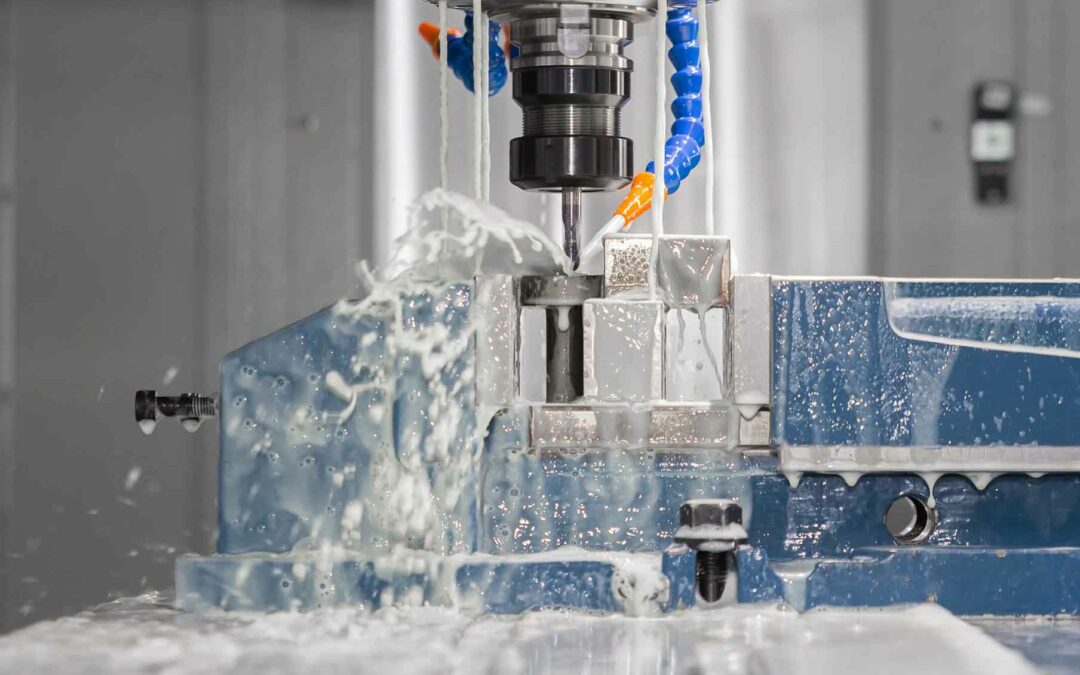Liquid process equipment is not “one size fits all”. The type of liquid processing and material handling equipment you’ll need depends on several factors. For example, the liquids you’ll mix, consistency, and if you’ll mix emulsions or homogenous solutions. You’ll use different liquid mixers for adhesives than you would homogenizing milk. And, you will use something different for mixing paint than you would putty.
Overall, knowing what is best for your application is important in choosing the right material handling equipment. Let’s consider your liquid processing options.
Types of Liquid Process Equipment
Liquid Mixers/Agitators
Mixers/agitators can be used with a wide variety of liquids of different consistencies. They are suitable for low viscosity liquids such as miscible and immiscible liquids. Also, they can help with dissolving gas into liquids and/or suspending solids in liquid solutions. A key part of agitator design is the impellers. The impellers have a design for high flow at lower power usage regardless of the consistency. They can be used in tank volumes from 1 gallon to 4 million gallons.
Emulsifiers
Immiscible liquids— those that don’t easily blend, such as oil and water—are no match for emulsifiers. Use an emulsifier when creating mixtures that need oils and water, such as lotions or cosmetics. Emulsifiers use the power of centrifugal force to break substances down into smaller materials. This makes them easier to blend.
Several emulsifying mixers are possible, including stirred vessels, agitators, static mixers, and rotor-stator mixers.
Homogenizers
Homogenizers blend materials that don’t normally mix well. Extreme force, shear, and pressure, break them down to better blend into a smooth substance. One popular liquid that uses homogenization is, of course, milk. Homogenization breaks down the larger cream molecules that separate from the milk before this process.
Heavy Duty Industrial Mixers
Very viscous fluids can break down regular single-shaft liquid mixers. So, the recommendation is to use heavy duty industrial mixers. Pastes, putties, waxes, and other thick substances above 750,000 centipoises handle better with planetary and multi-shaft liquid mixers.
Overall, a solid understanding of the work you plan to do is necessary when selecting liquid processing and material handling equipment. Working with process equipment manufacturers with in-depth knowledge of your field is crucial to determining which type of liquid processing equipment will do the job. It is also important for being efficient, sustainable, and cost effective.
Paddle Mixer
A paddle mixer will also allow you to mix wet and dry ingredients or very viscous liquids on a continuous basis. Paddle mixers can have single or double shafts. They use several paddle shaped blades to push material along much like a screw conveyor. The wide paddles and heavy-duty shafts provide for great power to be introduced to high viscosity applications. Paddle blenders are very gentle on the solid substrates.
Ribbon Blender
For adding a small amount of liquid to a powder or granule, a ribbon blender is useful. Paddle blenders are commonly used to blend powders. A fine spray head above the ribbon makes it possible to add color or liquid additives to mix uniformly or disperse liquid into the powders.
At Mills Winfield Engineering Sales, Inc. we have over 90 years of specializing in industrial process equipment. We represent the manufacturers of the best in standard and engineered process equipment available. Our customers include end users, engineers, contractors, and OEM’s in a wide range of industries. These industries include food, chemical processing, corn milling and grain processing, paints & coatings, personal care and cosmetic products, pharmaceuticals, plastics, municipal, steel, and more! Give us a call today!

